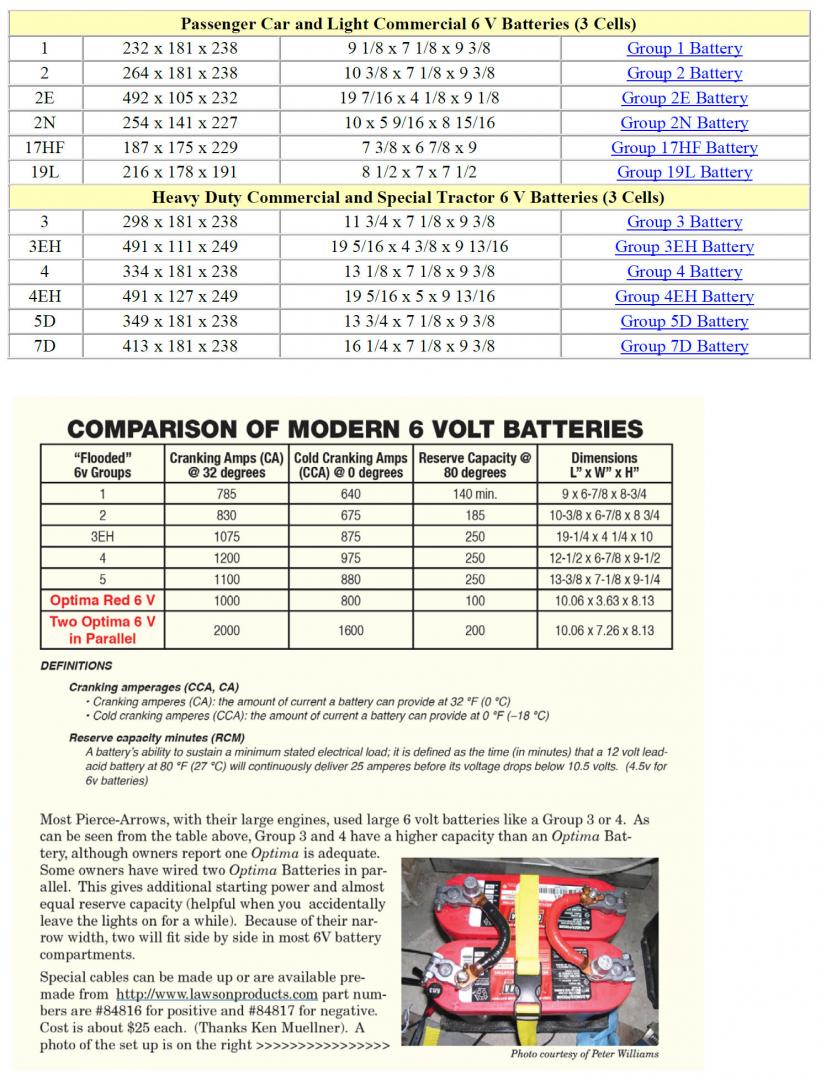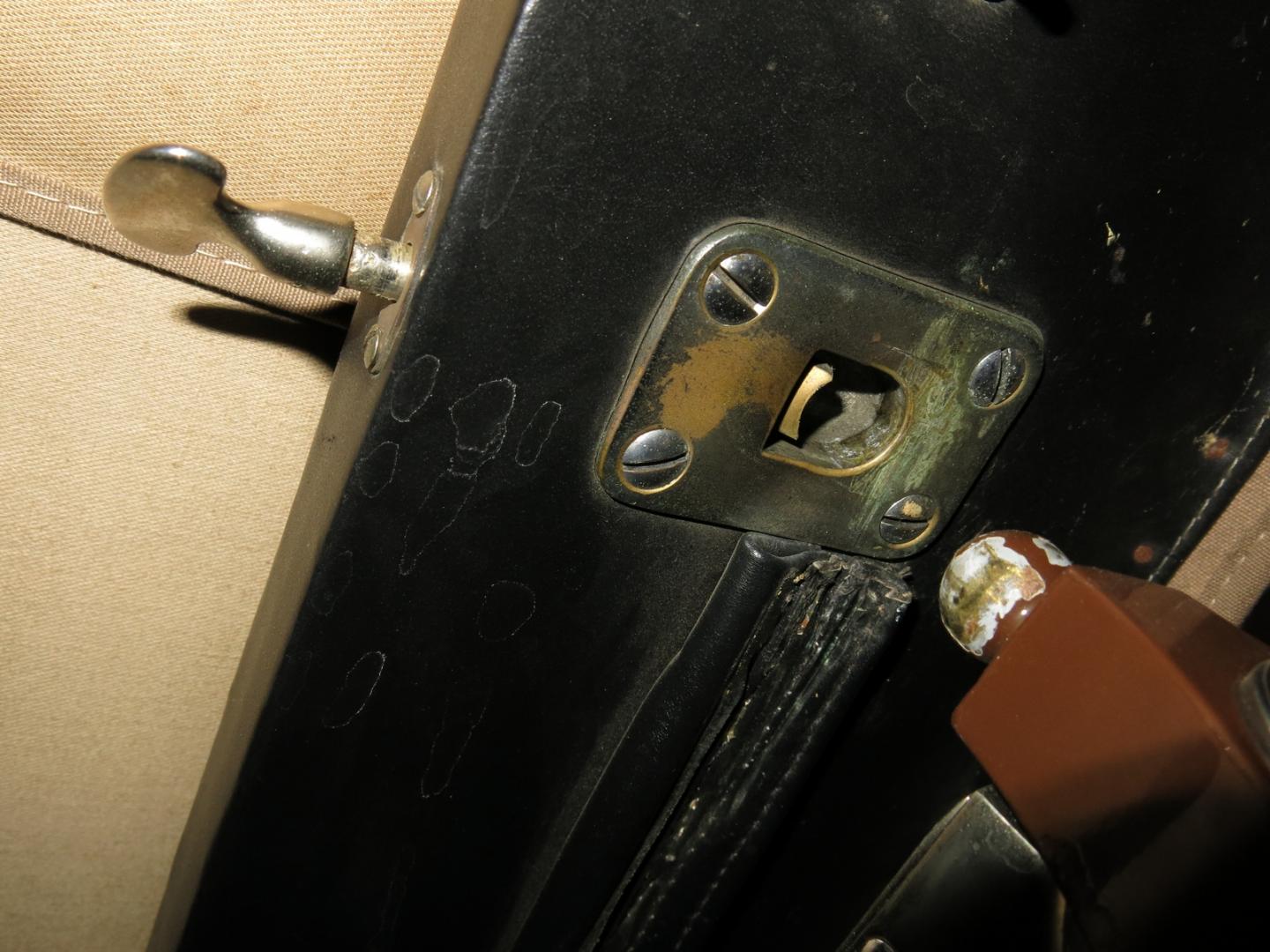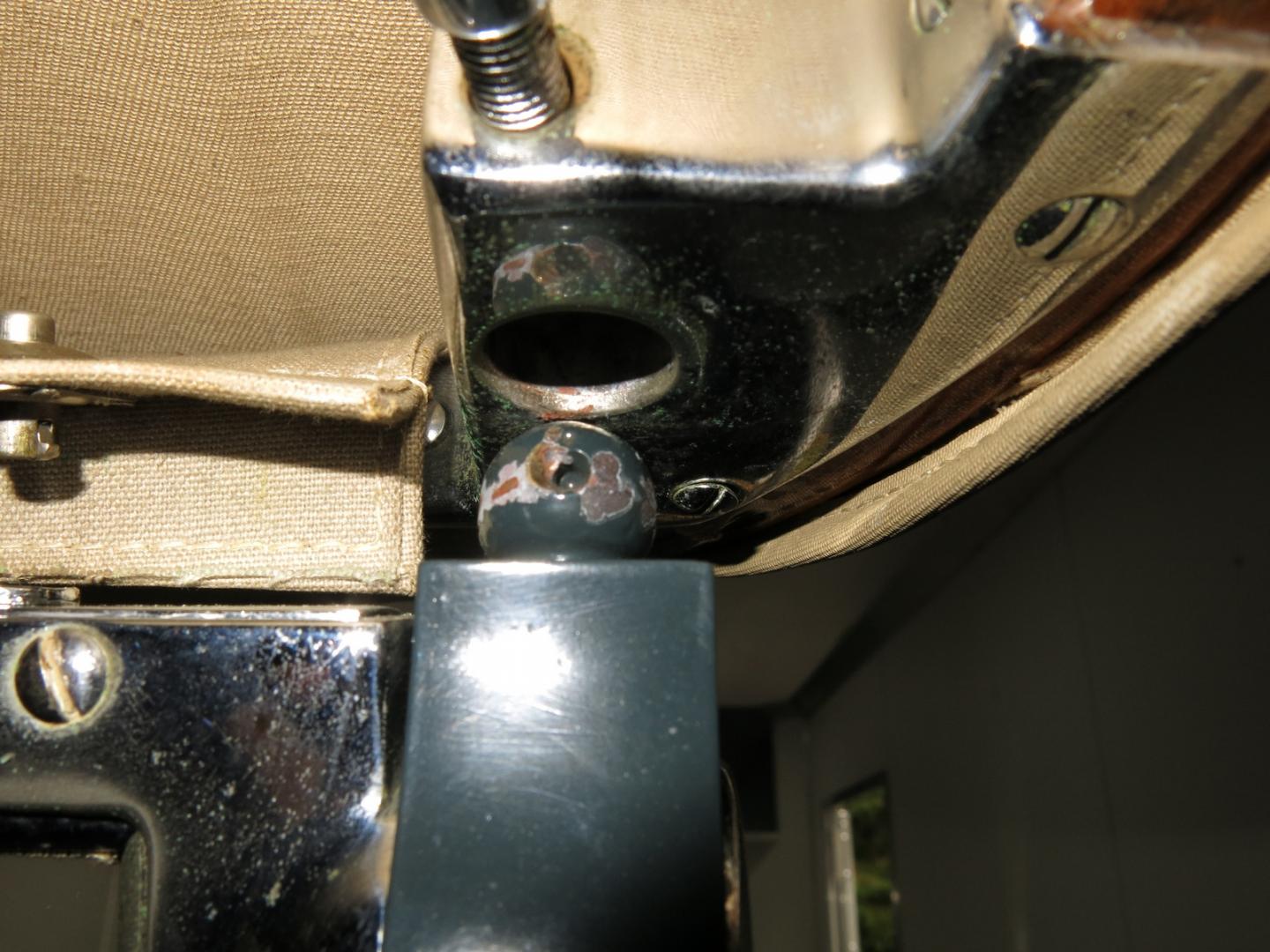- Home
- About Us
- Join/Renew
- Member Benefits
- Member Pages
- Log In
- Help
- Museum Store
If you want more history on all of the Geese……..
Arnold,
Below are a couple of tables on 6 volt batteries. The first is a size table vs. Group number for 6 volt batteries. The second is out of PASB 2019-2 which is a comparison of AGM (Optima) batteries vs. regular flooded lead/acid batteries. The full article includes the pro and cons of AGM batteries vs. lead acid.
I use a Group 4 in my Series 36 cars, although this may be too large for your 1930. Part number is Carquest 4-30. Check the table and see what size fits your battery box correctly. My group 4 is slightly smaller than the dimensions in the first table, so it is probably worthwhile to confirm the dimensions of any battery you are going to buy. I think there is probably some difference in size and capacity between different manufacturers.
I have not put an Optima in my cars, mainly because my batteries always seem to fail when the sale is 6 months away. The flooded lead-acid battery in my touring car is 7 years old and still working fine. I do occasionally charge it with a desulfation battery maintainer.
Dave

There have been at least two of our members that have gotten responses to wanted ads from this guy. He has scammer written all over him. The name he is using is Henry Criddle.
Bill,
Post it in the Emporium under Non Member Leads. You can also place something here on the Message Board, which you sort of just did. It looks like a nice car.
One thing he might be aware of in some states (such as California) DMV requires a VIN verification before an out of state vehicle can be titled. If the VIN is missing off the car, the process becomes more cumbersome with DMV hoops to jump through, possibly requiring a Law enforcement check that it isn’t stolen and a bond be posted in order to get a title. He might follow Karl’s advice about getting a Serial Number plate.
Dave
Bill,
That number is correct for a 1930 Model B, so most likely the title is correct.
Frederick,
Any chance you have an old title or other document with the Serial number on it? It would make searching our records much easier.
Dave
Bill,
Do you have any prior owner history? I might be able to do a search of older PAS records by owner and see if a valid number comes up. If you don’t want to post names here, e-mail me.
Dave
Ryan,
The trailer parking is in the lot behind the hotel. If you drive around the hotel (either direction) you’ll see a the other trailers. There were 10 or so trailers when I looked earlier today. Pierce-Arrow parking is in the lot next to the hotel also in the back of the hotel.
Dave
Bob,
The latches on my S 36 cars are different. The first is from my touring car the second from the Runabout. They fit over a ball on the top of the windshield post. I don’t know about the earlier cars. Check with George and see what his ’18 has.
Dave


I second everything peter said about Roger. He has done an outstanding job with the Arrow for many years. It is a pleasure having him as a friend and fellow PAS member.
If you are interested in more of Roger’s writings, he has written a book, Charles Clifton of Pierce-Arrow: A Sure Hand and a Fine Automobile, available from the PAS Company Store.
Dave
I spoke with a representative at Penray today about whether to use Pencool 2000 or 3000 in our cars. For our purposes, if you are running straight water, use Pencool 2000. It will provide corrosion protection and lubrication for the water pump. If you are running glycol antifreeze, use Pencool 3000 if you want more corrosion protection and to extend the life of the glycol. There is also a Pencool 4000 for use with the newer long life coolants.
The “for diesel engines” on the 2000 is just referencing it is safe for diesel engines, not that it should be used in diesels and that 3000 should be used in gas. Both are a cooling system additive for engines including car, truck, stationary or marine. These are products primarily for use in fleet applications, but will work in our cars also.
Dave
Robert,
You don’t need a timing light to time it. Check the owner’s manual for the procedure. You can use a 6v test light to tell when the points open.
It’s better for the engine to have a thermostat. If the thermostat is opening correctly, it should not cause overheating. You can test it as Peter mentioned above. If you are seeing good water flow looking through the fill neck the thermostat is most likely opening.
Does the car overheat at anything other than idle?
I need to see a picture of you riding around o a tractor………
Robert,
I called Penray and left a message with the question about 2000 or 3000. Their website is pretty specific about 2000 is for plain water systems and 3000 is for systems that use a glycol coolant. It does also mention 2000 is for diesel engines but does not say that it is ONLY for diesel. I’ll let you know as soon as I get a answer.
As far as your cooling issue, is it just when it’s idling? How is it when cruising or particularly pulling a hill. You mention good flow so it is less likely, although not impossible that the system is restricted.
Starting with the easy stuff, the first thing I would look at is if the fan belt is loose or is glazed and slipping. A quick check is if you can turn the fan easily by hand when the engine is stopped, the belt may be slipping. If you press on the belt midway between pulleys it should deflect 1/2 to 3/4″ with a light press. Be careful not to over tighten. Also, are you running it with the timing advanced and is the timing set right? Retarded timing can make it run hot.
After that you’ll have to start looking at problems with the water pump or restrictions in the system.
Dave
Hi Robert,
Good question. Are you using anti-freeze or not? I have been using Pencool 3000 because 2000 says it’s for Diesel engines as you noted. However, now that I have read the fine print, it says 2000 is for “Water Only” systems while 3000 is for systems using glycol coolant. So, I am going to call or email Penray tomorrow and see if I can talk to somebody that can give me an answer. I’ll let you know what I find out.
I have also used Napa Rust inhibitor and Water Pump lubricant which is easier to find.
Some others may chime in.
Dave
George,
I included the drum headlights to add to your vast knowledge. Maybe it will overflow……..
George,
For Series 36 Fender lights 9 1/4″ B&L Star lenses, not 6 1/4″ (typo?). I think Don Benham told me his Bracket Headlights on his Series 81 are 9 1/4″ B&L. The Bracket Headlights on my ’27 S 36 runabout are 11″ B&L Star.
Kenneth, you are correct about the names and towns. The Message Board is set up so that they don’t show if a non-member views the Message Board. That information is not available to anybody outside of the Society. You have to be logged in to see that information or to post.
Dave
Adam,
I sent you an e-mail with more info on Manuals.
Dave
Adam,
Congratulations on the new (to you) car. There digital owners manuals are available on the PAS website under the Publications tab. Digital Parts books are possibly available through the PAS library held by the AACA Library.
I am going to move the car from the prior owners record to yours, so when you get the transfer e-mail, that’s what’s going on.
Dave
Yes, inquiring (nosey) minds want to know what you bought…..
